Do you have a healthy relationship with food? Are you a foodie or a food addict? While it is normal to drool over an ad for pizza or crave the aroma of coffee while passing by Starbucks, obsessive cravings over food or an inability to control eating could be signs of food addiction. That's correct; the food we eat may become an addiction and show withdrawal symptoms, much like alcohol and cigarette smoking. One of the strategies to beat food addiction is to replace unhealthy foods with wellness tea, exercise, and practice stress-relieving activities rather than overindulging in foods. Let's delve deeper into the details of food addiction and the science behind it.
What is Food Addiction?
Food addiction is defined as eating extremely appetizing (pleasant tasting) foods in larger quantities than your body needs for enjoyment and not for survival. This includes foods heavy in sugar, fat, and salt. However, technically, the term food addiction has not been established, and it is still up for debate among medical professionals and researchers.
Science Behind Food Addiction
Your brain rewards you every time you eat. Foods are meant to give us nutrition and pleasure. Dopamine, a.k.a. feel-good hormone, is a neurotransmitter in the brain that is released each time we consume anything as a part of the reward system. And this was critical for the survival of our species in the past. This feel-good hormone is released every time you enjoy doing an activity (exercise, sex, food, etc.), and it makes you repeat the process to experience the same emotion repeatedly.
Certain foods labeled as hyper-palatable (very tasty, pleasing, or appetizing) tend to trigger the neurons in the reward region to become very active and heighten the feeling of pleasure. These foods are generally very high in sweetness, richness, and saltiness and are enjoyable, which makes you seek more of them regularly. These hyper-palatable foods may interfere with the hormonal signaling of the brain for regulating appetite. This may lead to increased cravings for food, even after sufficient intake.
Hormones in the hypothalamic region of your brain regulate your appetite by secreting satiety and hunger signals along with other brain chemicals. Physiological hunger is an instinct for survival. The body signals the brain to reload calories with the help of the hunger hormone ghrelin. The brain in the hypothalamus triggers the release of this hunger hormone when hungry and stops once the food enters the digestive system, and you feel satiated. But craving dessert even after a heavy meal is not a requirement that stems from hunger; it's a psychological response.
Sometimes cravings can also arise due to a lack of a specific nutrient, extreme dietary restrictions, or boredom. Food addiction is an intense form of food craving that is characterized by loss of control overeating behavior and excess consumption of foods, especially hyper-palatable ones. Some people with food addictions may also experience the same types of withdrawals as drug addicts when quitting junk food.
Common Food Addictions
1. Sugar, salt, and fat-laden foods (Hyperpalatable foods)
If you boast that you have a sweet tooth or are a chocoholic, chances are that you are addicted to sugar.
We need food for survival. Sugar from fruits and vegetables provides us with valuable nutrients and energy. Similarly, salt is needed for chemical balance, while fats are for storing energy. Today, there is a large variety of food available, unlike in the past, and it is loaded with sugar, fats, and oils. The food industry taps into these natural pleasure centers of our brains by concentrating their foods on sugar, salt, and fats. And so, you would find most processed, packaged, or junk foods high in sugar, fats, salt, and chemicals.
Junk foods are devoid of nutrients, unlike natural foods that provide nutrition and fiber that make you full easily. As a result, you keep binge eating junk, as the pleasure centers are activated but the satiety value is low.
Moreover, since junk food gives more pleasure, people resort to eating it when stressed, which is called emotional eating. Similar to how alcohol would make one feel better after its consumption.
2. Caffeine addiction
Tea and coffee are popular beverages that many people rely on to start their day or keep them going. They contain caffeine, a substance that stimulates the brain, improves mood, enhances focus, and boosts metabolism. However, caffeine can also have negative effects if consumed too much or too often. It can cause dependency, chemical imbalances, anxiety, insomnia, and other health problems. Therefore, it is advisable to limit your intake of caffeine and look for healthier alternatives, such as wellness teas and coffee substitutes like coffee melts, that can provide similar benefits without the drawbacks.
Adenosine, a substance the brain produces that helps people fall asleep, is extensively present in the central nervous system. Due to its action known as "sleep pressure," the more adenosine is produced in the brain, the more of a drive to sleep. Caffeine works to keep you awake by blocking the adenosine receptors in the brain. Adenosine is also responsible for regulating arousal, cognition, and learning. Thus, by blocking adenosine receptors, caffeine tends to alter brain chemicals, impacting one's mood, cognition, memory, and alertness.
3. Tolerance trap of food
When you drink caffeinated beverages regularly, chances are you may develop a tolerance for them after a while, just like with drugs, alcohol, or cigarettes. This means you may require 3–4 cups of coffee now to help you gain alertness, which was earlier achieved with just 1 cup. Similarly, you may develop a tolerance to hyper-palatable foods and need to eat more of them to release the same amount of dopamine to attain the primary pleasure stimulus. And if you abruptly stop eating these foods or drinking caffeine after its prolonged use, you may even develop withdrawal symptoms that are relieved only after you consume them.
Signs you have a food addiction
- Binge eating
- Feel guilty after overeating.
- Eating even when not hungry
- Unable to control overeating or use caffeine despite its negative effects
- Emotional eating (eating under the influence of stress)
- Eating until it causes physical discomfort
- Obsessive cravings for food or caffeine
- Hiding your eating behavior
- Recurrent caffeine use to complete work deadlines or go through the day
- Experiencing withdrawal symptoms after its removal
Despite the fact that sugar, caffeine, and junk food may cause addictive behavior and withdrawal symptoms, healthcare professionals and researchers are still debating whether they can be regarded as "Addiction".
How to Break Free
While researchers still argue over this fact, we believe the negative effects of this type of eating or drinking behavior are strong enough reasons to break free from this cycle.
An important signal of food addiction is cravings, which may stem from triggers such as the aroma of a particular food or an emotional state of mind like stress or depression. Cravings may lead to binge eating behaviors, and giving into these cravings may have negative health effects like obesity and other metabolic diseases. Hence, it's important to resort to healthy alternatives and break this chain of addiction.
- Stress relief
Emotional triggers such as stress and depression need to be resolved if they are the culprits behind your addictive behavior towards food. Indulge in stress-relieving activities like playing your favorite sports, listening to music, exercising, journaling, and spending time with your loved ones. Seeking professional help like psychotherapy may also help in a few cases.
- Eat only when hungry.
By being mindful of your hunger cues and practicing self-discipline, you can prevent giving in to addictions frequently. Try to analyze if you are genuinely hungry or if it is the television ad, the aroma, or the sight of food that is triggering you to eat even on a full stomach. Try to avoid such triggers by replacing unhealthy snacks with healthy ones in your diet. Avoid trespassing in areas where your favorite junk food stalls are located. Remember "Out of sight is out of mind".
- Opt for healthy substitutes.
Foods high in fiber promote satiety, making you full and decreasing your chances of developing cravings. Along with fiber-rich foods, you may also switch to wellness teas and coffee melts to overcome caffeine cravings.
Wellness tea: Wellness teas combine the best of plant products ranging from herbs, leaves, flowers, stems, and roots to give you an aromatic, soothing experience. The benefits of herbal tea extend beyond curbing cravings and increasing alertness; some of them have a calm and soothing effect, some help with gastric troubles, and some may help regulate the body temperature. One such popular wellness tea is green tea, known for its metabolism-boosting and antioxidant properties. Although green tea also contains caffeine, its concentration is negligible compared to regular tea or coffee. When ingested in moderation, caffeine can have positive benefits, including memory enhancement, increased attention, and mood enhancement. Green tea's benefits are due to its polyphenol content, which is made up of antioxidants. There are various types of green tea, and among all, matcha is considered the best green tea for its high concentration of EGCG polyphenol (an antioxidant). Some of the teas available on market shelves also contain adaptogens that help you achieve overall fitness by relieving stress and curbing appetite, thereby regulating your food cravings.
Coffee Oral Strips: We understand your struggle to opt out of your coffee addiction, for it is the one force that drives you through your day. But there is good news for you: your favorite cup of joe is now resized into a nano version and combined with active ingredients to provide you with holistic health. A new version of a supplement ruling the market these days is thin oral strips with coffee flavors. The nutrients are absorbed almost three times faster than in regular coffee, thus helping you satisfy your caffeine cravings without the jitters, crashes, and other negative health hazards.
Wrapping Up
Whether food addiction is real or not, the need for action is true. Sugar, salt, and fats from foods, especially processed and junk foods, and caffeine from tea, coffee, energy drinks, and sports drinks can make us addicted to them by reacting with chemicals in the brain. Practicing self-discipline and mindfulness, indulging in stress-relieving activities, and choosing healthy substitutes can go a long way in helping you break free from food addiction.
References
https://www.ncbi.nlm.nih.gov/pmc/articles/PMC4245594/
https://www.ncbi.nlm.nih.gov/pmc/articles/PMC7284368/
https://www.hsph.harvard.edu/nutritionsource/cravings/
https://pubmed.ncbi.nlm.nih.gov/1356551/#:~:text=Caffeine%20increases%20energy%20metabolism%20throughout,the%20local%20release%20of%20dopamine.
https://www.ncbi.nlm.nih.gov/pmc/articles/PMC8202818/#:~:text=Caffeine%20binds%20to%20adenosine%20receptors,%2Daminobutyric%20acid%20(GABA).
https://www.sciencedirect.com/topics/medicine-and-dentistry/food-addiction
https://health.clevelandclinic.org/why-are-certain-foods-so-addictive/
https://www.sleepfoundation.org/how-sleep-works/adenosine-and-sleep












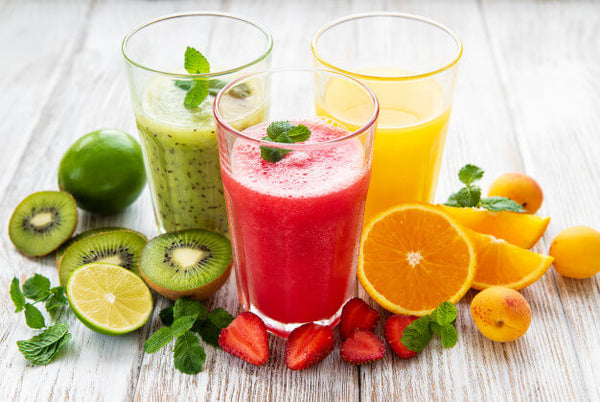



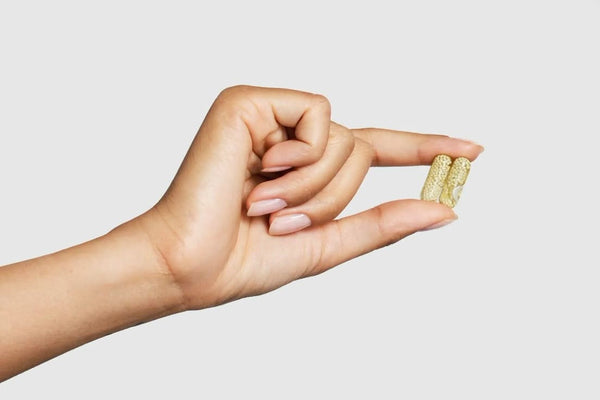
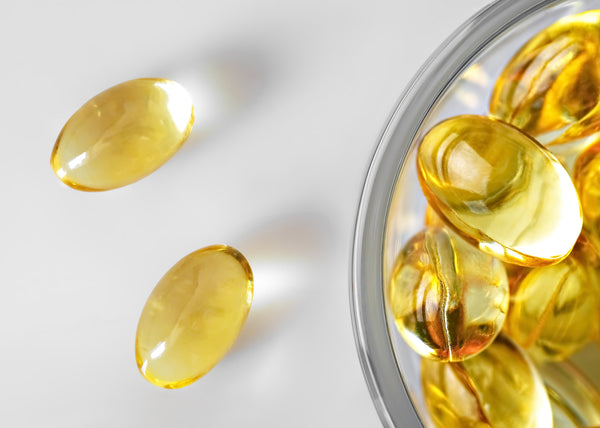
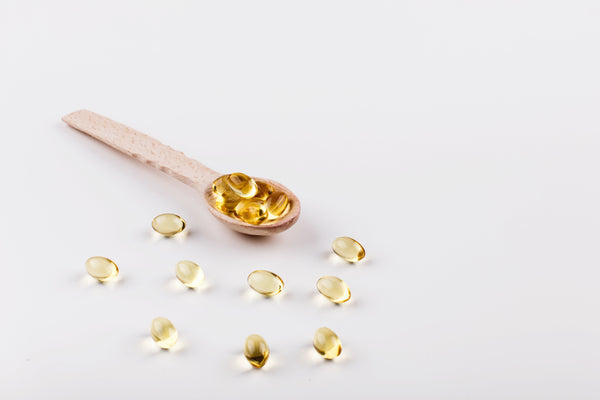
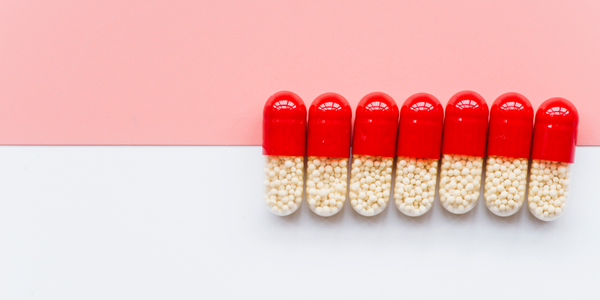







 DOWNLOAD NOW
DOWNLOAD NOW
